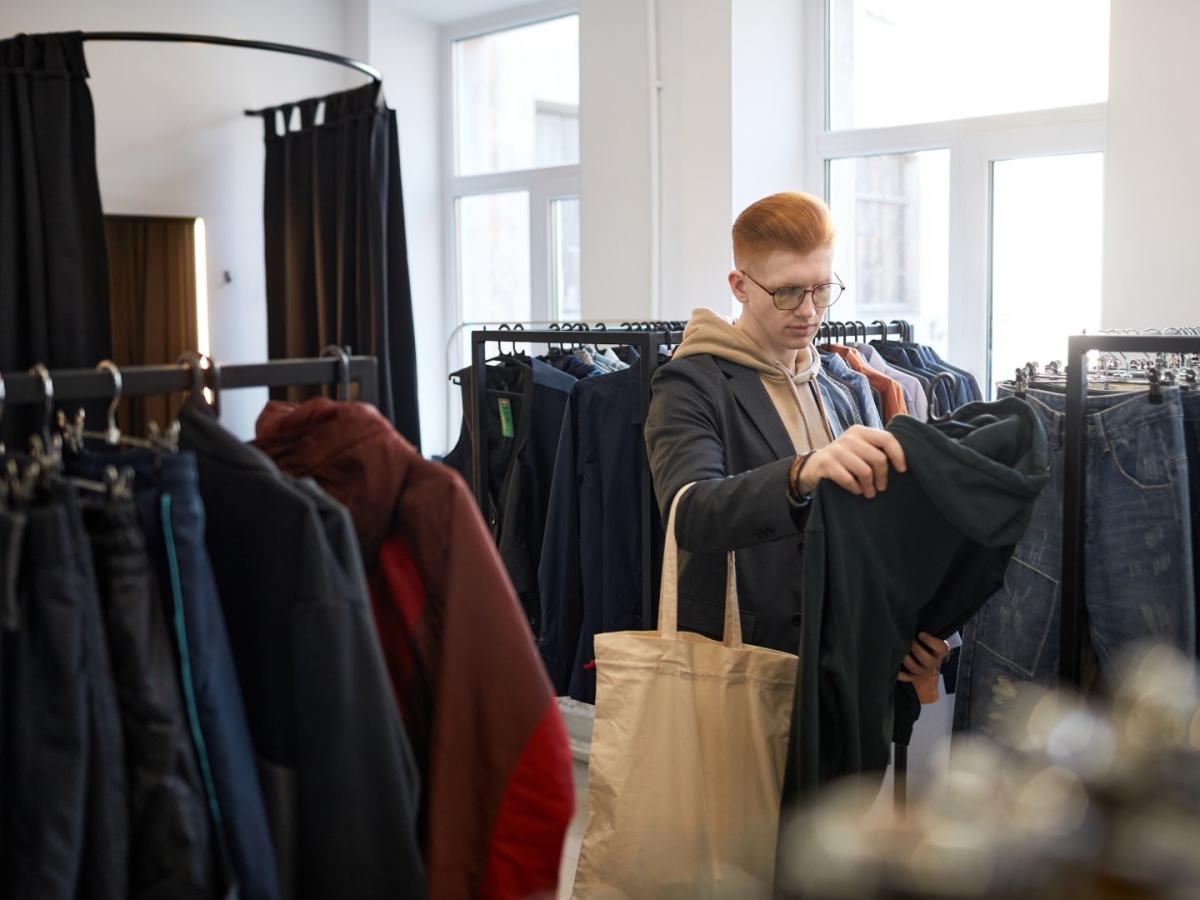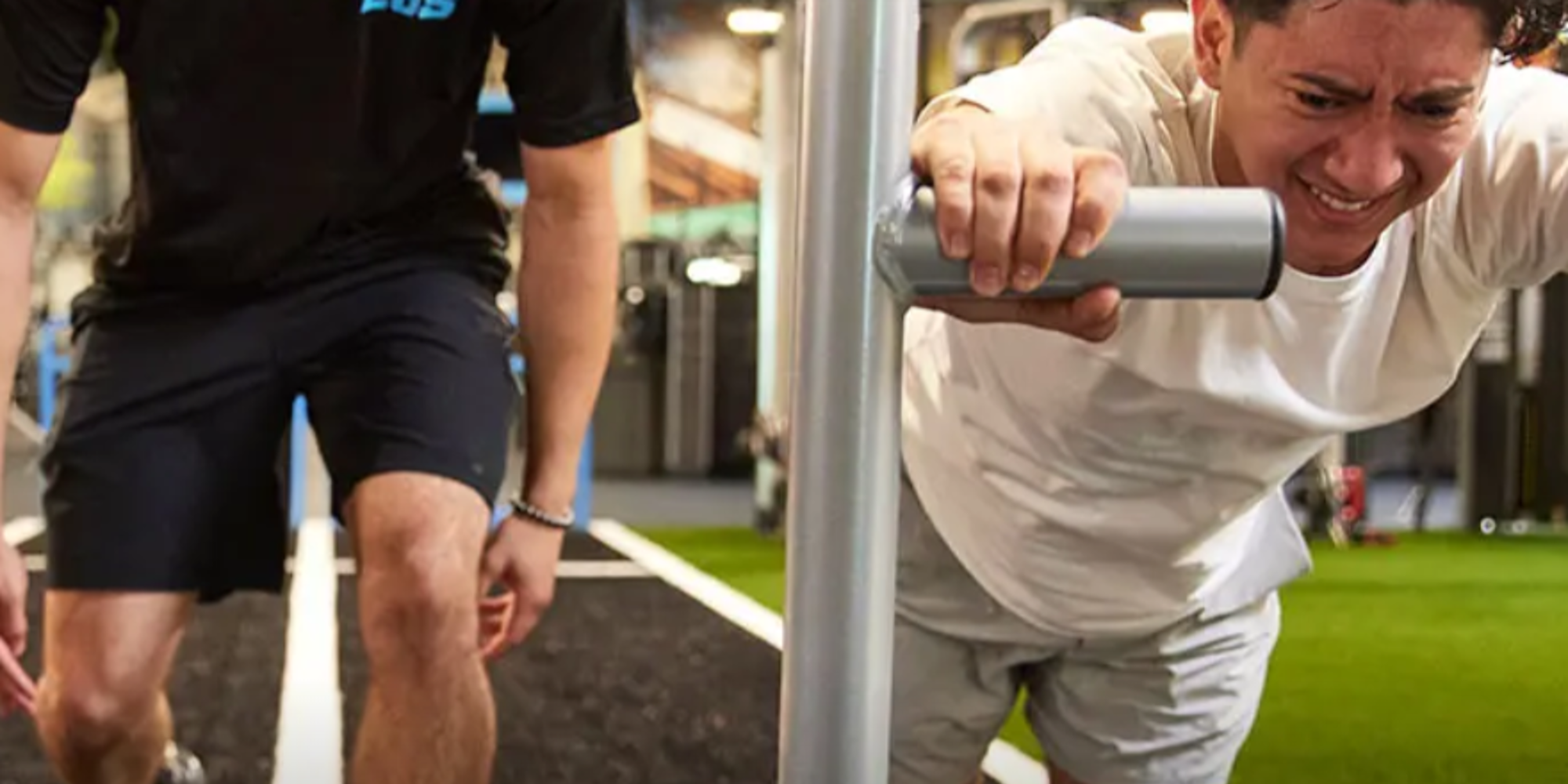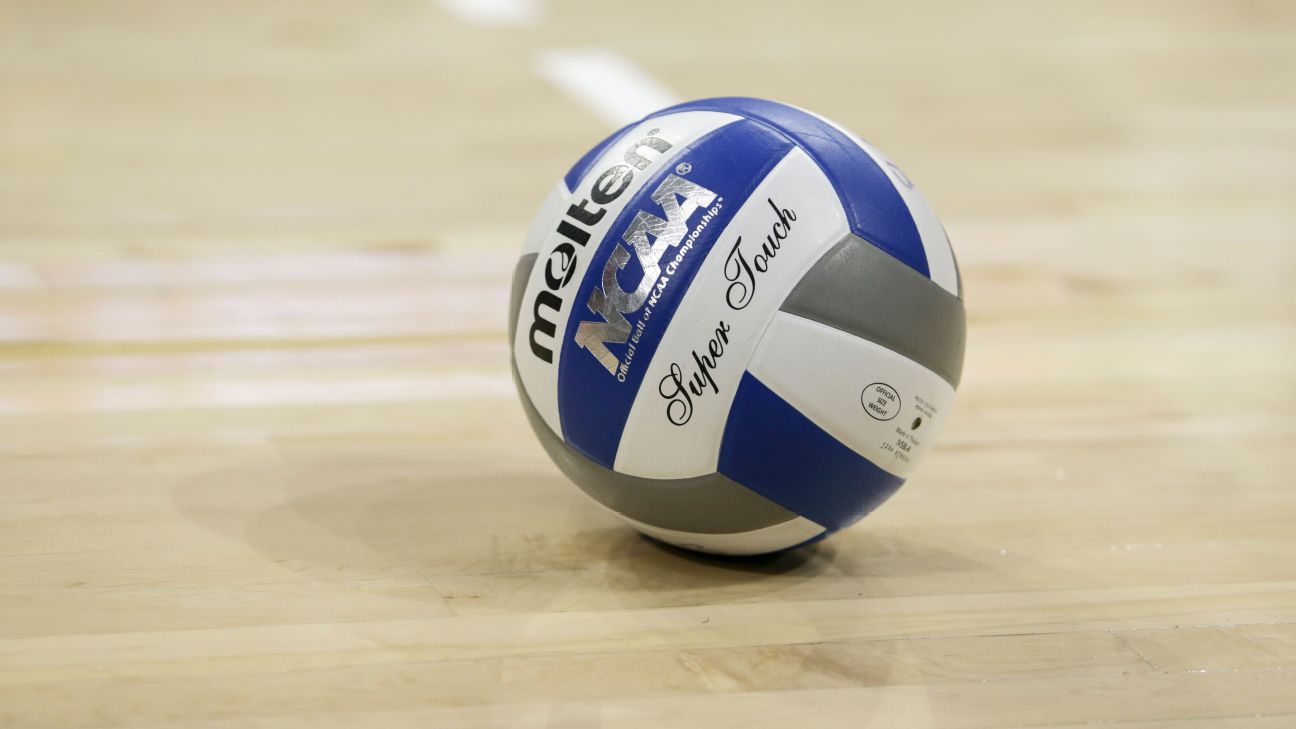Shopping
Why Are All the Teen Boys Shopping at Thrift Stores?

While it’s a common theme to see a group of teen boys on a Friday afternoon at the mall or a park, today, they are just as likely to be at the vintage shop, or the thrift, scouring for the best second-hand find. The fact is, thrifting is thriving right now. The U.S.’s secondhand market has been growing steadily since 2018 and is expected to double by 2028, reaching over $70 billion according to Thread Up’s 2024 resale report. Gen Z shoppers, who account for 40 percent of the market, are undeniably steering this trend, identifying in their generation a unique affection for resale.
Among the drivers of the vintage boom, perhaps the most unlikely participants are teen boys. A desire for individualized style and singular items unavailable to others has crept into the zeitgeist, its influence prevalent among teen boys like never before. Trends emerge on social media, spreading from teen to teen, driven by influencers and online resale depots like Depop.
More from SheKnows
Today’s Top Deals
According to Kasi Bruno, a Los Angeles-based marketing and research strategist and founder of Culture Bureau, the phenomenon makes perfect sense: “Thrift is a way for young men to shop without compromise,” she says. “It demonstrates discernment and savvy across three important Gen Z values: individual style, sustainability, and value.”
In a SheKnows survey of teen boys, 50 percent said their first choice when purchasing new clothes is to buy secondhand. Some value the better deal, some like the worn look of vintage clothing, and others are drawn to the sustainability of secondhand shopping. And for some, it’s a mix — a clear appreciation for one-of-a-kind, interesting clothes, with the added benefit of being environmentally healthy. “I think half the reason I shop at thrift stores is sustainability, and then the other half is just I like being able to find the stuff and look through a bunch of different things and find vintage pieces,” says Finn, 19, a member of the SheKnows Gen Z Council, who likes to shop at Goodwill, Salvation Army, Depop, and eBay. The vintage aspect of used clothes also appeals to Theo, 14, who likes purchasing pre-worn products to “keep the magic of the clothing going on.” Clive, 15, likes shopping at thrift stores “because you find really funny things,” he says. (One favorite find: a shirt from a Colgate women’s sporting event. “I have no clue who owned it before me.”)
Among my own teen friends, price is a compelling reason to buy secondhand, but that’s not always a given, considering the chic vintage explosion. Carl, 19, was initially attracted to thrift stores for the prices — enjoying the fact he could “get two shirts and a pair of jeans for what I would typically pay for a shirt.” But as he explored more vintage shops, he found prices for torn-up, old graphic tees climbing just as high as those for brand-new, brand-name counterparts.
Indeed in neighborhoods like Williamsburg and Soho, popular vintage stores with curated selections are often just as expensive as brand stores. For members of Gen Z, who have proven to be an especially frugal generation, this presents a major problem, both pragmatically and aesthetically. When it comes to online shopping as well, Statista analysis shows teens spring for fast fashion brands like Forever 21 and H&M for their low prices and easy checkout options.
For me, the appeal to thrifting lies in the social environment that vintage stores cultivate. Shopping at resale stores, and the active aspect of hunting for the best items, qualifies as an activity that feels intrinsically different from regular shopping. Culturally as well, thrifting has a different association from shopping as a whole. Whereas shopping as an activity or hobby can have a feminine connotation, thrifting can feel far more socially acceptable for teen boys — even the ones who aren’t especially interested in clothing. Luca, 18, sees vintage shopping “more as an excuse to hang out with friends and try on ridiculous articles of clothing.” The trend forecaster WGSN captures this attitude in its resale report, identifying vintage as particularly important to teens “due to its fun and authentic nature.”
As a teen boy myself, I still feel shopping has an unmanly association that is old as time. The fashion industry has promoted the idea of its consumers as women for generations, all the way back to the image of the female customer at the advent of advertising in the late Industrial Revolution. Yet suddenly, personalized fashion has become far more normalized for men, as SheKnows’s ‘Be a Man’ series has explored in areas such as cologne, skincare, and hair care — and this hasn’t gone unnoticed by teen girls. Vintage fashion has “opened an avenue for boys to expand their senses of style and normalized men experimenting with more exciting and unconventional looks,” says Lucinda, 19.
Indeed, in trends I see in daily life and on social media, things are changing and becoming more fluid. My dad is still confused as to why I like to buy jeans with my friends, rather than accepting the options my mother would buy for us. And parents generally do not seem to understand why their kids are so interested in used clothing — especially when it so often looks raggedy. However, according to Bruno, teens know what they’re doing. “They’re more discerning shoppers,” she explains. “They’re savvy and non-compromising and much more open to finding style, quality, and value in unexpected places. Thrift shopping is smart shopping.” For teen boys, thrifting may be a gateway into a more individualistic, expressive personal style. And if it’s cheaper and more sustainable? All the better.
More Top Deals from SheKnows
Best of SheKnows
Sign up for SheKnows’ Newsletter. For the latest news, follow us on Facebook, Twitter, and Instagram.









